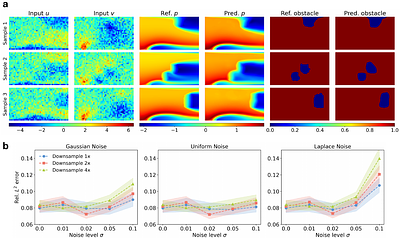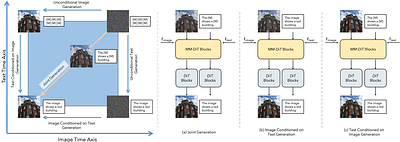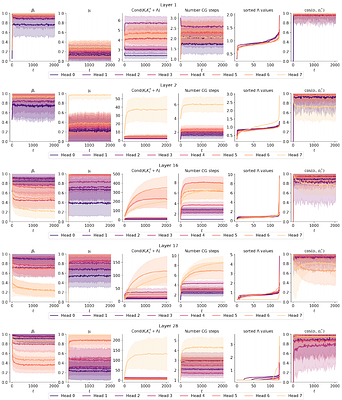By: Hossein Babaei, Mel White, Richard G. Baraniuk
By: Sifan Wang, Zehao Dou, Tong-Rui Liu, Lu Lu
By: Kevin Rojas, Yuchen Zhu, Sichen Zhu, Felix X. -F. Ye, Molei Tao
By: Vahid Balazadeh, Hamidreza Kamkari, Valentin Thomas, Benson Li, Junwei Ma, Jesse C. Cresswell, Rahul G. Krishnan
By: Junhong Shen, Hao Bai, Lunjun Zhang, Yifei Zhou, Amrith Setlur, Shengbang Tong, Diego Caples, Nan Jiang, Tong Zhang, Ameet Talwalkar, Aviral Kumar
By: Hongzheng Chen, Yingheng Wang, Yaohui Cai, Hins Hu, Jiajie Li, Shirley Huang, Chenhui Deng, Rongjian Liang, Shufeng Kong, Haoxing Ren, Samitha Samaranayake, Carla P. Gomes, Zhiru Zhang
By: Yifan Sun, Jingyan Shen, Yibin Wang, Tianyu Chen, Zhendong Wang, Mingyuan Zhou, Huan Zhang
By: Keshigeyan Chandrasegaran, Michael Poli, Daniel Y. Fu, Dongjun Kim, Lea M. Hadzic, Manling Li, Agrim Gupta, Stefano Massaroli, Azalia Mirhoseini, Juan Carlos Niebles, Stefano Ermon, Li Fei-Fei
By: Johannes von Oswald, Nino Scherrer, Seijin Kobayashi, Luca Versari, Songlin Yang, Maximilian Schlegel, Kaitlin Maile, Yanick Schimpf, Oliver Sieberling, Alexander Meulemans, Rif A. Saurous, Guillaume Lajoie, Charlotte Frenkel, Razvan Pascanu, Blaise Agüera y Arcas, João Sacramento
By: Ranajoy Sadhukhan, Zhuoming Chen, Haizhong Zheng, Yang Zhou, Emma Strubell, Beidi Chen









